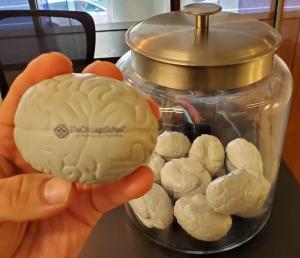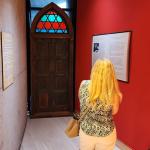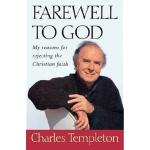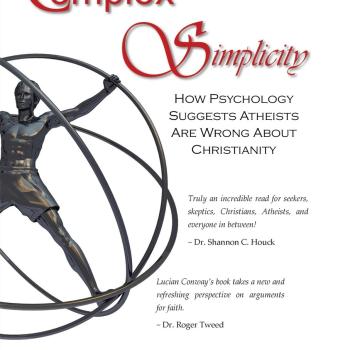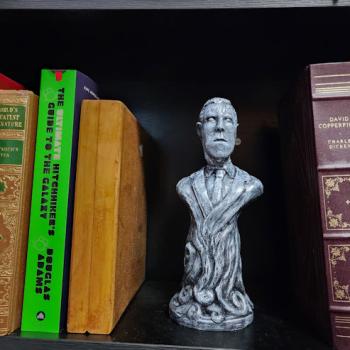The Nature of Research
When William James formed his model of religious conversion in 1902, he was working off a collection of stories gathered by another researcher to come to his conclusions. When Rodney Stark and John Lofland formed their model of religious conversion in 1965, they did so by extensive interviews with a variety of converts to a New Religious Movement. And when Lewis Rambo formed his model of religious conversion (which still stands as the standard in the field), he did so by examining the existing research in the field.
When a person uses stories or interviews as a way of research, this is called “qualitative research,” meaning that it is usually a relatively small number of cases, but the amount of information received from the cases is large. When one looks at a broad array of research done by a number of people to reach a conclusion, this is called “metanalysis,” meaning you are tying together what is already known.
In 2014, a group of researchers used a different form of research to investigate religious conversion. Their investigation involved sending out a significant number of surveys in order to get a large amount of data on conversion – otherwise known as the quantitative approach. Surveys certainly limit the amount of information one can receive from any one person, as opposed to an in-depth interview, but when you interview one person, you can’t say that person’s experience is typical of everyone. When you receive information from a large number of surveys (almost 200 in this case), it is easier to say that the information reflects common experiences.
The Standard Model
The standard model of conversion, pioneered by Lofland and Stark and perfected (some might say) by Rambo, involves five stages:
(a) context—the person’s experiences and ideas prior to conversion
(b) crisis—stresses or problems which arise in the person’s life
(c) quest—a search for resolution to the problems
(d) encounter—a point at which the person comes in contact with people or ideas from the religion
(e) interaction—developing relationships with the religious people or exploring the religious ideas
(f) commitment—accepting a new status as religious
(g) consequences—the aftermath of changing identity to religious
It is worth keeping this standard model in mind as one examines the findings of the 2014 study.
The Findings
The 2014 study used surveys to examine a dozen different factors related to conversion, including the emotions surrounding the conversion event, feelings of sin or inadequacy, parental involvement, religious education, and “mystical” experiences among other measures.
The results were plugged in statistically to see how they would “cluster” around specific factors.
Before looking at the results, it is worth mentioning that many religious people grow up in religious households and environments and identify themselves as religious not because of a specific conversion experience, but rather because of the environment in which they formed. One would expect, therefore, to see less in the way of parental involvement or religious education, because these things impart a religious identity upon a person without necessarily undergoing a specific conversion experience.
This survey was focused on people who claimed to experience conversion at some point in their lives, although as we will see, this may not have always been the case.
This study contradicted the notion of previous research which tended to simplify conversion down into a stage model experienced by each and every convert.
Stage models as a whole are problematic, given that people tend to read themselves into the model rather than identifying how the model may or may not adequately describe their individual experience.
This study, instead of finding one unifying model, identified at least five separate models of conversion which are as follows:
Extended Struggle to be Religious
Under this model, the person’s conversion experience is not a positive one. The person struggles as he or she converts, and that struggle is not relieved upon fully adopting the religious identity. Whereas the person does not take this struggle as a discouragement, the fight to understand one’s new identity and become comfortable with the new beliefs is fully felt.
Sudden Personal Faith Intensification (SPFI)
Elsewhere in this column we have discussed the phenomenon of the “intensification experience.” Under this paradigm, the person was already part of a religious community and identified as religious. However, at some point in his or her life, the full significance of the religion became deeply and meaningfully impactful on the person, and he or she begins a renewed, enthusiastic, and full participation in the religious practice and community.
The interesting finding of this study is that SPFI is not socially influenced, despite the person’s former involvement in religion. It is, as the title says, personal. Additionally, SPFI conversion is relatively sudden and intense.
Compensatory Conversion
This was the most frequently measured type of conversion and involves a personal crisis, followed by mystical experiences, a sudden conversion event, and high relief thereafter. People in this kind of conversion report feelings of sinfulness, and compensating for a lack of parental involvement in their lives.
This is interesting in several ways. Firstly, of the five models, it is most similar to the standard model developed by Rambo, which may explain why it was also the most frequently measured type. Second of all, because it involves mystical experiences, similar to the work of Harmon discussed before in this column, and because it involves a feeling of personal sin and relief.
The idea of feeling personal sin is a phenomenon of interest all on its own. Whereas such things were very common in 1902 when William James published his findings, the idea of sin has fallen out of style in the Western world, and, indeed, is frowned upon in general. That the most common version of conversion would include these feelings of sinfulness suggests that these feelings of sin new to the person’s experience upon conversion, and would explain the relief that follows.
No Specific Conversion Experience
Respondents fitting into this category measured low on all responses, and demonstrated a very long-term conversion experience. While it would be tempting to suggest that such respondents simply grew up in a Christian home and were religious by default, bear in mind that parental involvement and religious education were also measured, and this group did not rate high on any measure, including these.
Socialized Conversion
People who fit in this category had positive family relationships and some religious contact prior to conversion. This type of conversion was very long-term. Conversion researchers have a habit of classifying all conversion in terms of integrating with a religious group, which suggests that there are no “lone converts,” people who convert to religious ideas, but not by way of involvement with a religious group. That “Socialized Conversion” was one small category out of five suggests that researchers might over-select for such conversions.
Conclusion
Religious conversion has been one of the earliest and most studied field in psychology, and every exploration of the topic broadens and deepens our understanding of the subject. In psychology there is a tendency to want to simplify things which are, upon examination, quite complex. By studying conversion in the manner detailed above, some of the complexity has been discovered, and gives us a better system under which such behaviors may be understood.
Footnote The study being discussed in this article is
| Halama, P. (2014). Empirical approach to typology of religious conversion. Pastoral Psychology, 64(2), 185–194. https://doi.org/10.1007/s11089-013-0592-y |


